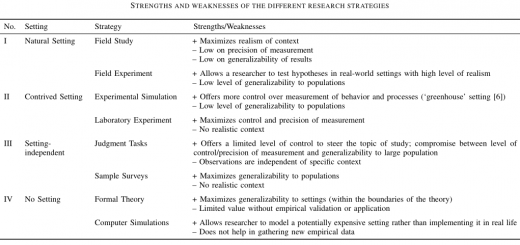57 Kelompok Frasa dalam Penulisan Karya Ilmiah

Frasa-frasa apa saja yang dapat digunakan pada bagian-bagian dalam karya ilmiah?
Pada setiap bagian karya ilmiah, jenis-jenis frasa yang dapat digunakan dengan merujuk pada kelompok frasa adalah sebagai berikut:

Dengan berpedoman pada Academic Phrasebank University of Manchester , Wallwork mengemukakan 57 pengelompokan frasa beserta contoh-contohnya. Lebih rincinya sila diunduh: English for Writing Research Papers: Useful Phrases
1. Establishing why your topic (X) is important
2. Outlining the past-present history of the study of X (no direct references to the literature)
3. Outlining the possible future of X
4. Indicating the gap in knowledge and possible limitations
5. Stating the aim of your paper and its contribution
6. Explaining the key terminology in your field
7. Explaining how you will use terminology and acronyms in your paper
8. Giving the structure of paper – what is and is not included
9. Giving general panorama of past-to-present literature
10. Reviewing past literature
11. Reviewing subsequent and more recent literature
12. Reporting what specific authors have said
13. Mentioning positive aspects of others’ work
14. Highlighting limitations of previous studies – authors not mentioned by name
15. Highlighting limitations of previous studies – authors mentioned by name
16. Using the opinions of others to justify your criticism of someone’s work
17. Describing purpose of testing / methods used
18. Outlining similarities with other authors’ models, systems etc.
19. Describing the apparatus and materials used and their source
20. Reporting software used
21. Reporting customizations performed
22. Formulating equations, theories and theorems
23. Explaining why you chose your specific method, model, equipment, sample etc.
24. Explaining the preparation of samples, solutions etc.
25. Outlining selection procedure for samples, surveys etc.
26. Indicating the time frame (past tenses)
27. Indicating the time frame in a general process (present tenses)
28. Indicating that care must be taken
29. Describing benefits of your method, equipment etc.
30. Outlining alternative approaches
31. Explaining how you got your results
32. Reporting results from questionnaires and interviews
33. Stating what you found
34. Stating what you did not find
35. Highlighting significant results and achievements
36. Stating that your results confirm previous evidence
37. Stating that your results are in contrast with previous evidence
38. Stating and justifying the acceptability of your results
39. Expressing caution regarding the interpretation of results
40. Outlining undesired or unexpected results
41. Admitting limitations
42. Explaining and justifying undesired or unexpected results
43. Minimizing undesired or unexpected results
44. Expressing opinions and probabilities
45. Announcing your conclusions and summarizing content
46. Restating the results (Conclusions section)
47. Highlighting achievements (Conclusions section)
48. Highlighting limitations (Conclusions section)
49. Outlining possible applications and implications of your work
50. Future work already underway or planned by the authors
51. Future work proposed for third parties to carry out
52. Acknowledgements
53. Referring to tables and figures, and to their implications
54. Making transitions, focusing on a new topic
55. Referring backwards and forwards in the paper
56. Referring back to your research aim
57. Referring outside the paper
Tidak perlu ada kekhawatiran terjebak dalam plagiarisme karena frasa-frasa tersebut amat umum digunakan.


